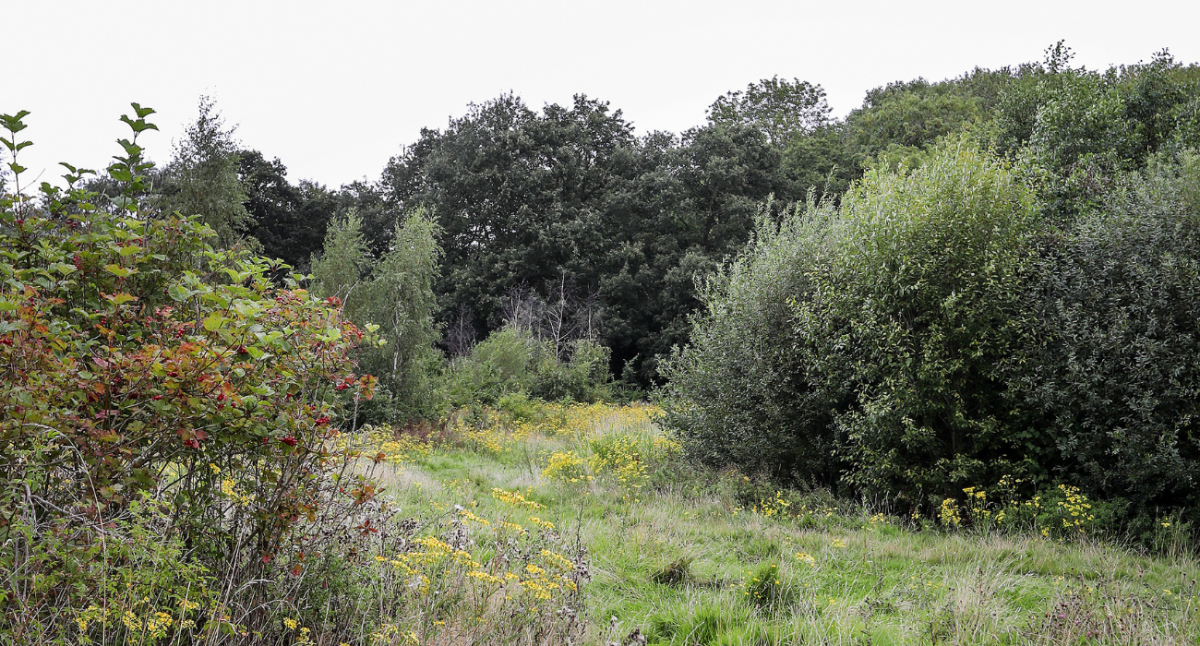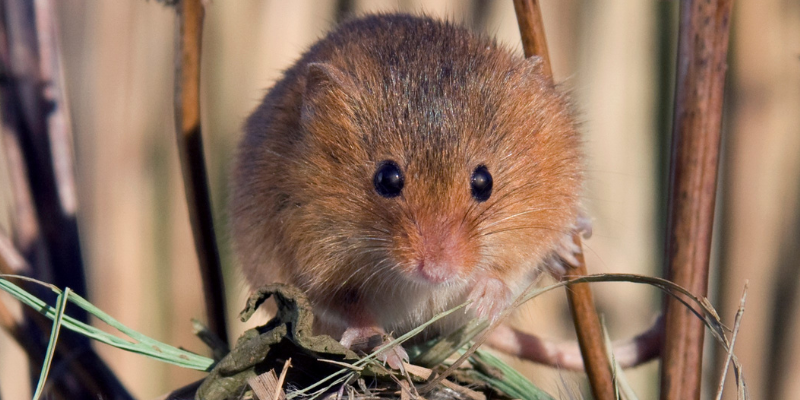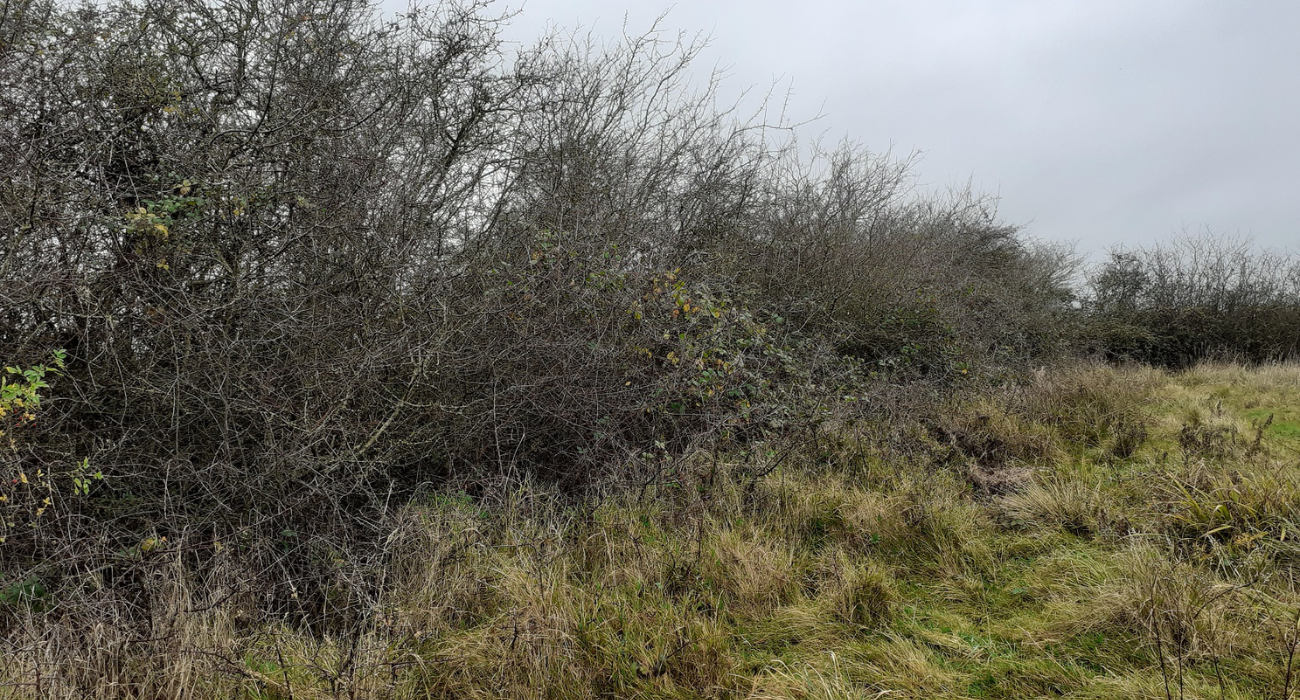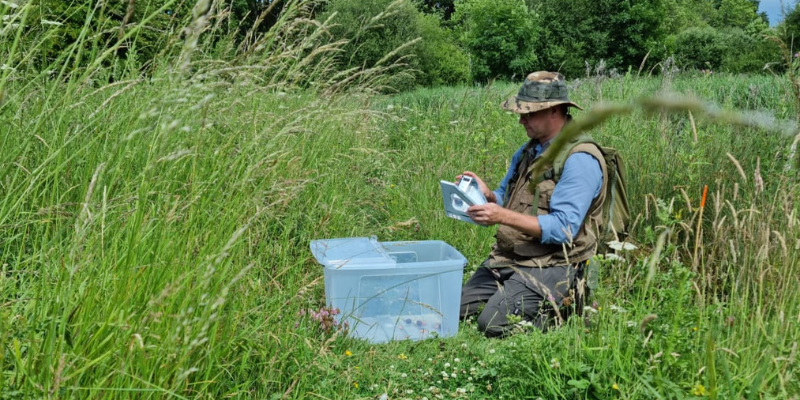
Harvest mice in the Forest
There are many important habitats here in the Forest which are home to a wide range of wildlife. However, latest statistics from the State of Nature Report illustrate the shocking decline in many of our much-loved British species.
Our biodiversity team members, with the help of volunteers, survey these valuable habitats in the Forest to monitor the health of our wildlife. In the winter months the team focuses on a variety of surveys from searching for brown hairstreak butterfly eggs to mammal surveys. This December our attention is drawn to mammals, particularly Britain’s smallest mouse - the wonderful harvest mouse. Completing surveys and gathering information will provide us with valuable data to understand more about how we can best protect these little mammals.

Distinguishing the species
The harvest mouse is Britain’s smallest mouse, weighing no more than 8g and measuring around 10-12cm from head to tail. They are ginger above and white below, with long tails that measure half their total length. This tail length is important for balance, but it is also prehensile, meaning it can wrap around grass stems as it climbs around its environment. Another adaptation for climbing is its broad feet which can also wrap around vegetation.
What's in a name?
Harvest mice have biological features such as a long tail and broad feet for climbing due to the environment they inhabit through most of the year. They live in habitats with plenty of tall grass present, including rough grassland, roadsides, hedgerows, and reedbeds. As their name suggests, they may also be found in cereal crops and their nests would have been frequent sights during harvest. In winter, harvest mice alter their behaviour to survive and live life on the ground where there is less wind, and use burrows made by other rodents to shelter in and benefit from a warmer microclimate.
Behaviour of the harvest mouse
From May to October, harvest mice breed and frequently have up to three litters a year. Breeding nests are constructed for each litter and are the most obvious sign that the species is present, rather than the mouse itself. Compared to the nests of other common species such as wood mouse and field vole, harvest mouse nests are woven together neatly in a unique way using fresh grass leaves, cut along their length, and woven into grass tussocks or scrub above ground. Breeding nests are slightly larger than a tennis ball, while solitary nests are smaller. Dormouse nests may look alike but are made from different materials. Whitethroat nests can also appear similar but form an open cup rather than a ball.

Conservation status
Harvest mice are found mainly through southern and central England, the milder east coast up to around Yorkshire, and some coastal areas of Wales. Although they have a conservation status of Least Concern within England, they are considered Near Threatened at national scale and they are in decline. Therefore, it is a species that needs continued monitoring in Britain.
Harvest mice in the Forest
Until last winter, our knowledge of harvest mice in the Forest was limited to miscellaneous records of nests found in protective tree tubes and very occasional sightings of adults. There were interesting gaps and concentrations in data from recent years. Multiple nests had been found at Binton and Sheriffs Lench, yet none in Dorsington or Spernal. To expand our knowledge, volunteers have surveyed many areas of the Forest for harvest mouse nests. As previously mentioned, nests are far easier to find than the mouse itself, especially in winter once leaves have died back from hedgerows and grass tussocks are more obvious. These surveys successfully found harvest mice nests at both Spernal and Dorsington, and multiple nests in a small area near Ullenhall.

How can you help?
We are planning to complete more harvest mouse surveys this year to further advance our knowledge about the species in the Forest.
If you’d like to help survey the Forest for harvest mice, our biodiversity team is running free training sessions. Please email volunteer@heartofenglandforest.org to express your interest in helping with any survey training opportunities with our biodiversity team.
Please note that we welcome adults of all ages and experience levels. No prior knowledge or experience is required, as our biodiversity team will provide free comprehensive training to ensure you are ready to confidently go out and complete surveys.



